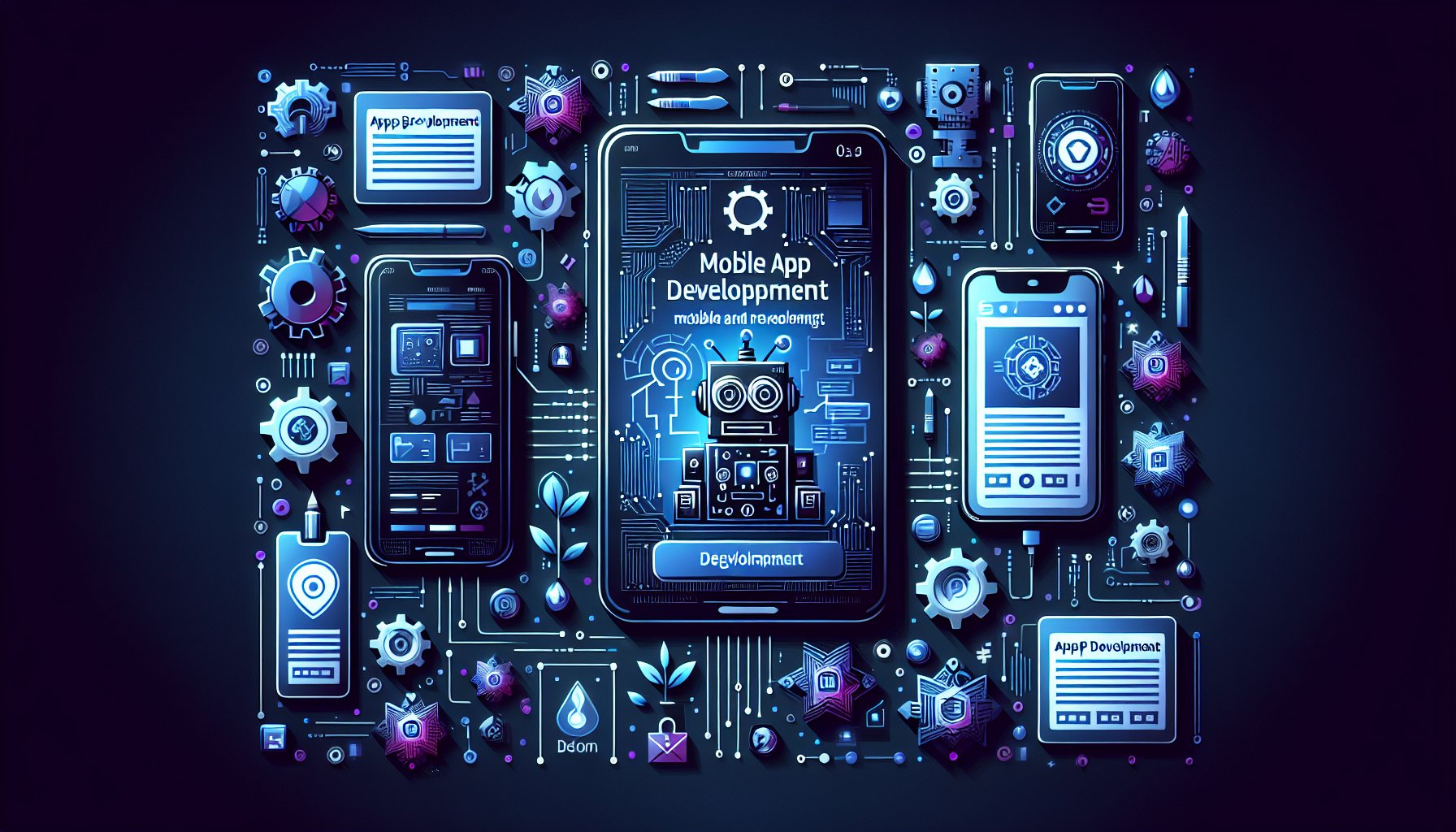Introduction
As we navigate through 2025, the mobile app development landscape is evolving at an unprecedented pace. Emerging technologies and innovative solutions are shaping the future of how we design, develop, and deploy mobile applications. This blog post will delve into the current trends and future-forward strategies that are redefining mobile app development.
A New Era in Mobile App Development
The advent of advanced technologies such as Augmented Reality (AR), Artificial Intelligence (AI), and the Internet of Things (IoT) are transforming mobile apps into powerful tools for business growth and user engagement. Apps are no longer just about providing services; they are now interactive platforms that offer personalized experiences to users.
Augmented Reality-Enabled Apps
AR is playing a crucial role in mobile app development, enhancing user experience with interactive and immersive features. AR-enabled apps are not confined to gaming; they find utility in a wide range of sectors including retail, real estate, healthcare, and education. Developers are leveraging ARCore and ARKit, the latest AR development platforms, to create immersive AR experiences.
AI-Enabled Apps
AI is revolutionizing mobile apps, making them smarter and more personalized. With machine learning algorithms and natural language processing, apps can learn from user behavior, predict user needs, and offer a more personalized user experience. TensorFlow and PyTorch are popular frameworks for developing AI-enabled apps.
IoT in Mobile Development
The IoT has broadened the scope of mobile apps, connecting them with various devices and sensors to provide a seamless and interactive user experience. Developers are using protocols like MQTT and CoAP for efficient IoT communication in mobile apps.
Next-Generation Development Frameworks
Modern mobile app development has shifted towards cross-platform development, with Flutter 3.0 leading the way. Flutter 3.0 allows developers to write code once and deploy it on multiple platforms, improving development efficiency and reducing time to market.
Microservices Architecture
The Microservices Architecture is an emerging trend in mobile app development. It allows developers to break down their apps into smaller, loosely coupled services, each performing a specific function. This approach improves app scalability, makes the development process more agile, and simplifies maintenance and updates.
Conclusion
In the ever-evolving landscape of mobile app development, staying current with the latest technologies and trends is crucial for success. Embrace AR, AI, and IoT to create interactive and personalized apps. Leverage Flutter 3.0 for efficient cross-platform development and adopt the Microservices architecture for improved scalability and agility. As we move into the future, these forward-thinking strategies and innovative solutions will redefine the mobile app development landscape.
